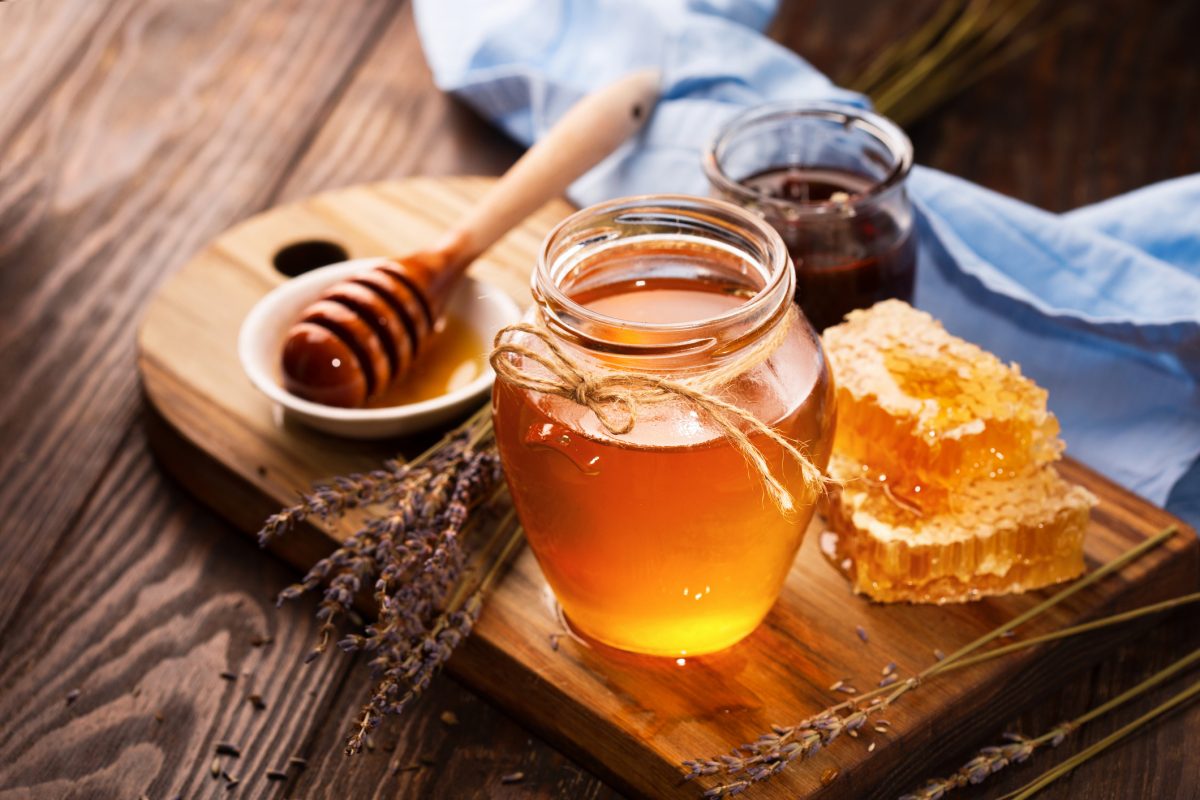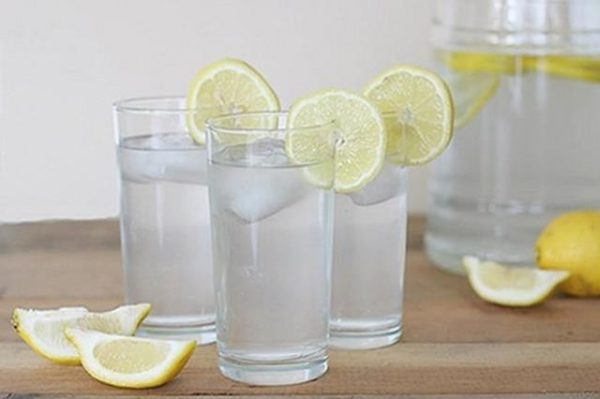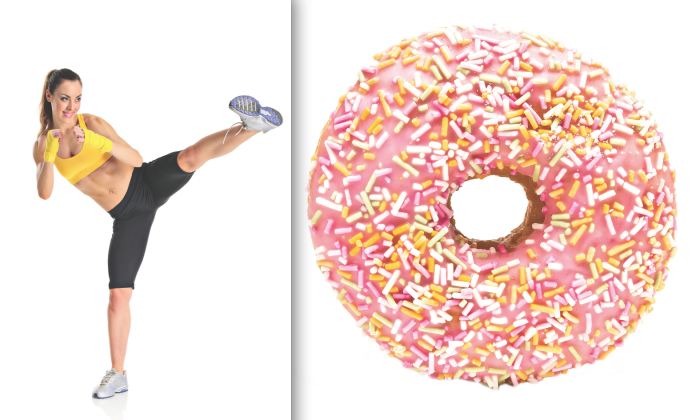
How I Kicked Sugar
When I was in my late teens I started struggling with my weight.
I had just decided to focus more on academics, less on dance training, so I drastically cut down my physical activity. Between that and the hormonal changes affecting my 16-year-old body, I started gaining some weight.
1. Dieting
I decided to go on a diet. I read Dr. Ornish’s diet book. It taught me that what was making me fat was indeed fat. At the time, low-fat diets had just become a big craze, and so there were plenty of fat-free foods to support my dieting efforts.
Dr. Ornish encouraged whole foods, but I was only 16 and didn’t really know how to cook. So, like many of my fellow North Americans, I turned to the wide selection of low-fat and fat-free processed foods being offered to consumers.
Soon after changing my diet, I found myself feeling hungrier than ever.
A few years later, I read that fat makes you feel satiated, and without it you will never really feel full. So I added the fat back in. But I still ate the fat-free, sugary desserts and still felt chronically hungry, lazy, and tired!
As a result, I gained even more weight, felt tired most of the time, and was chronically hungry despite the large amounts of food I was allowing myself. The more “diet” foods I consumed, the more addicted to sugar I got.
I also started suffering from chronic fatigue, depression, and major weight gain. Eventually I gained 40 pounds from binging on sweets.
2. What is ‘sugar’?
We all know what sugar is. It is that lovely white or brown powdery stuff that we add to our coffee or tea, and candies and cakes.
But sugar is found in almost all foods, although it manifests in different forms. Some forms of sugars are more toxic, and some less.
Grains and breads contain sugar. Next time you eat some brown rice, chew it 30 to 50 times until it becomes a liquid. You will discover that it ends up tasting sweet.
That sweetness comes from the sugar you have released after chewing the rice. But that sugar is primarily in the form of glucose and does not affect the body the way other forms of sugar do.
In fact, we need glucose to run well, so when I say “kick sugar,” I don’t mean kick carbohydrates such as bread and grains.
I am talking primarily about fructose. Dr. Robert H. Lustig explains in his lecture “Sugar: The Bitter Truth” at the University of California, San Francisco, that the fructose in sugar is toxic for us.
When eaten without the nutrients and fibre found in fruits, which are high in fructose, it causes metabolic syndrome, Type 2 diabetes, high triglycerides, a fatty liver, and a big gut.
Consider this: 50 percent of sugar is fructose, 55 percent of high-fructose corn syrup (HFCS) is fructose, and 50 to 70 percent of agave nectar is fructose.
This is all dangerous because the fructose from these sugar sources is not getting digested with the fibre found in fruits. So although the sugar found in fruit is 70 percent fructose, it is not toxic for us since fruit fibre helps to digest it. Fibre is nature’s antidote for fructose.
Most North Americans are getting their fructose fix from soda, juice, chocolate milk, ice cream, cookies, and cake. It is also added into many processed foods to make them taste better. Because HFCS is inexpensive, it is easy to load up food with it.
In 2009, Dr. Lustig helped the American Heart Association rewrite the guidelines for the recommended daily limit on sugar intake. The association now recommends limiting daily sugar intake to 9 teaspoons for men and 6 teaspoons for women. Having more than that is considered toxic.
3. Cutting out sugar
After learning about how toxic sugar was and how prevalent it was in our diets, I went on a mission to cut it out. To keep it simple, I started with HFCS. I noticed that it was in much of the treats I loved, including light ice cream, whole wheat bread, and “healthy” morning cereals.
I thought I had been doing so well since I was eating whole wheat bread and only indulging in a 160-calorie daily treat, but in fact, if Dr. Lustig is correct, I was slowly poisoning myself (and my kids).
So out went the bread and cereal with the HFCS. Out went the light ice cream since the only alternative to light ice cream with HFCS was light ice cream with artificial sweeteners, which I do not advocate.
I got into making baked apples with cinnamon or baked blueberries with coconut. That hit my sweet tooth and cut my cravings for more dessert. As a result, I lost the last 6 lbs I had been struggling with for years.
by Tesan Lerner






